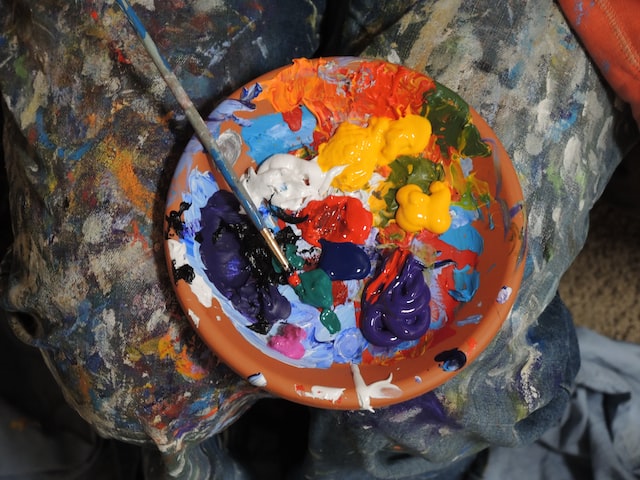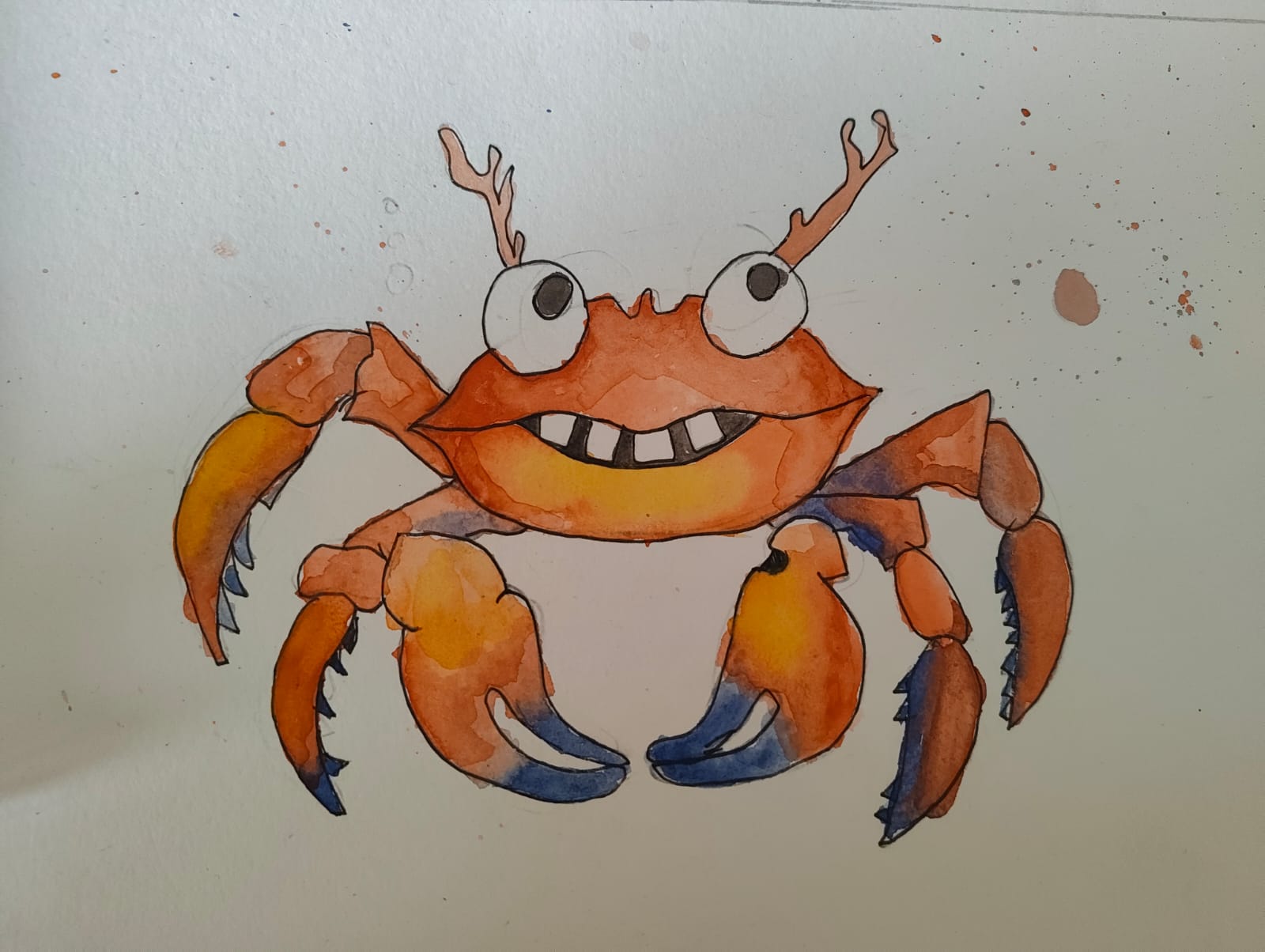The stylistic components that are incorporated into an artwork as a means of communication by the creator are known as elements of art.
LINE
The most fundamental graphic element is a line. In addition to being used to create forms and figures, lines can also be used to represent motion, emotion, and other things.
SHAPE
Line and colour are the foundations of shape because it must be composed of one or the other. A two-dimensional form’s shape is a characteristic that is typically described by a border surrounding it or by a shift in colour. Geometric and organic shapes are the two basic categories. While geometric and organic shapes are seen in most works of art, examining those that are more clearly distinguished can help to explain these traits.
Form
Form is a general term that refers to actual three dimensional shape, while it is also frequently used to refer to the appearance of three dimensions. Form is a concept that can be either geometric or organic.
Color
Colors can be used by artists for a variety of purposes beyond just representing reality, such as creating moods and emphasising key points. Several categories can be used to separate the world’s colours. Hue is typically what we mean when we use the word “colour” in conversational contexts. The visible spectrum contains hues. The pure colours can be seen on the spectrum. According to the colour wheel shown here, these can be categorised as primary, secondary, and tertiary colours.
primary, secondary, and tertiary hues.
Red, yellow, and blue are the main colours utilised in most forms of art (the exception is the additive colour system, which is used in computer screens, theatre lighting and the like, and has red, yellow and green as its primary colors). These can be used to create all the other colours. Two main colours can be combined to create secondary colours, such as orange when red and yellow are combined. By combining a primary colour and a secondary colour, tertiary colours are created.
SPACE
Space can relate to both the overall surface area of a piece of art as well as the depth, whether it be real or represented.
TEXTURE
Texture is how a surface feels, whether it is real or artificial. This could be a reference to the appearance of these attributes or to the actual roughness or smoothness of things and artistic mediums.

 Admission is open for the next batch of details.
Admission is open for the next batch of details.